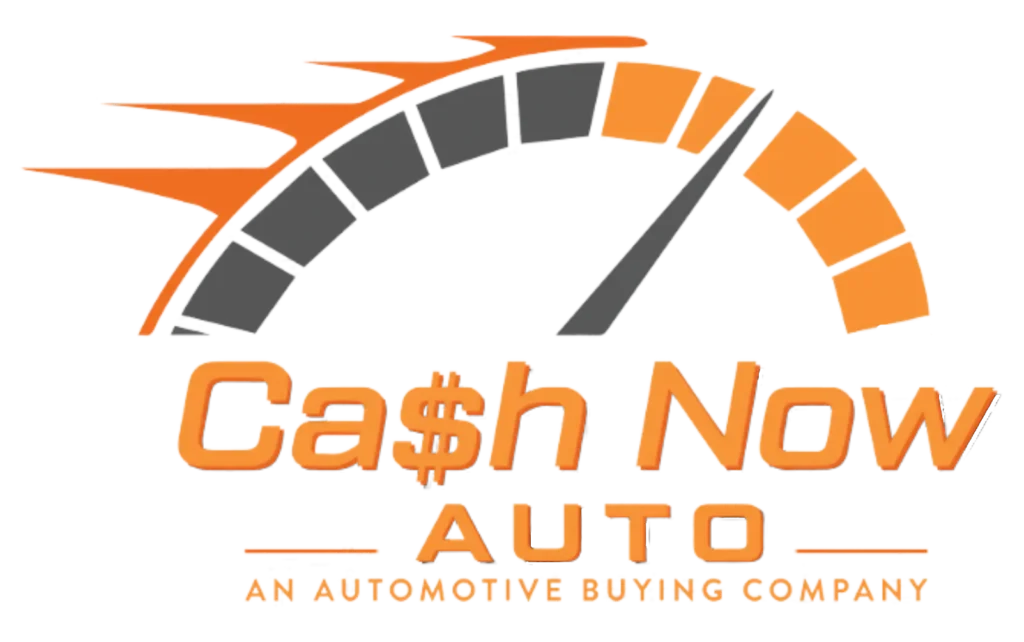
In today’s competitive auto industry, trust is the true currency. When it comes to buying a car—especially a used one—pricing transparency is not just a perk; it’s an expectation. Gone are the days when customers walked into a dealership blind. Now, buyers are informed, tech-savvy, and comparison-focused. If car dealers want to win in this landscape, they must embrace a policy of clear, honest, and upfront pricing.
In this article, we’ll dive deep into why transparency in pricing is a game-changer for car dealerships and how it influences consumer trust, loyalty, and long-term business success.
1. What Is Pricing Transparency in the Automotive Industry?
Pricing transparency means providing all costs involved in a car purchase clearly and upfront, with no hidden fees or surprise charges. It includes:
- Listing actual vehicle price
- Providing tax, title, and registration fees
- Disclosing dealer add-ons and any documentation fees
- Clearly explaining interest rates and loan terms (if applicable)
Transparent pricing eliminates ambiguity and gives buyers confidence in what they’re paying for.
2. Why Do Car Buyers in the USA Demand Transparency?
American consumers have changed. With platforms like Cash Now Auto, Carfax, Edmunds, Kelley Blue Book, and CarGurus, buyers walk into a dealership with pricing knowledge in their pockets. They expect:
- Honest breakdowns of cost
- Straightforward negotiations
- No “games” or bait-and-switch tactics
Surveys show that over 75% of car buyers say trust is a major factor in choosing where to buy. Transparency breeds that trust.
3. The Psychological Impact of Transparent Pricing
Transparent pricing reduces buyer anxiety, which is often high during big-ticket purchases. Here’s how:
- Clarity reduces stress: Knowing the final cost upfront provides peace of mind.
- Control creates confidence: Buyers feel empowered to make informed decisions.
- Fairness builds trust: When prices are fair and explained, customers see the dealership as honest.
In essence, transparent pricing flips the emotional script, turning anxiety into satisfaction.
4. Transparency vs. Traditional Sales Tactics
Let’s be honest—many car buyers still associate dealerships with manipulative sales practices. Traditional tactics like:
- Quoting low prices to attract buyers
- Adding hidden fees at the last minute
- Upselling unnecessary add-ons
These methods might have worked once, but today they destroy trust. In contrast, dealerships that are upfront build a loyal base of happy customers who are more likely to refer others and leave positive reviews.
5. The Role of Online Listings in Transparent Pricing
The online marketplace is the first interaction most buyers have with a vehicle. If your listing is misleading, you’ve already lost their trust. Here’s what to include:
- Actual sale price
- VIN (Vehicle Identification Number)
- Detailed vehicle condition reports
- Any additional fees or taxes
High-converting listings are honest, comprehensive, and aligned with market value.
6. How Dealerships Benefit from Transparent Pricing
While some dealers fear that transparency means lower profits, the opposite is often true. Benefits include:
- Faster sales cycles: No time wasted on back-and-forth pricing games.
- Higher conversion rates: Buyers trust what they see and act quicker.
- Positive reviews and referrals: Transparency leads to satisfied customers who promote your dealership.
A reputation for honesty in pricing can actually become your dealership’s strongest marketing tool.
7. Tech Tools That Support Pricing Transparency
Technology can help enforce transparent pricing. Here are some tools:
- Dealer Management Systems (DMS) that auto-calculate total prices
- Online configurators that show real-time financing and leasing terms
- CRM systems to track customer conversations and pricing details
- Digital retailing platforms that let customers calculate their full deal online
These tools automate transparency, removing human error or intentional ambiguity.
8. Regulatory and Legal Importance of Price Transparency
In the U.S., Federal Trade Commission (FTC) and state laws require truth-in-advertising. Misleading pricing can lead to:
- Hefty fines
- Legal lawsuits
- Reputational damage
For instance, California’s “Car Buyer’s Bill of Rights” enforces strict rules around disclosure. Dealers must clearly state all fees and provide itemized cost breakdowns. Complying with these laws isn’t optional—it’s essential.
9. Case Study: Dealerships Winning with Transparent Pricing
Take Carvana and Vroom—online used car retailers that built entire business models on pricing transparency. Features they offer:
- No-haggle pricing
- Detailed inspection reports
- Delivery-to-door convenience
- 7-day return policy
They don’t just sell cars—they sell confidence. And they’re gaining market share fast, proving that honest pricing is profitable.
10. Tips for Implementing Transparent Pricing at Your Dealership
Ready to build more trust with your customers? Start with these best practices:
- Train your sales team on price breakdown communication.
- Include “out-the-door” pricing on all listings.
- Be upfront about financing offers and interest rates.
- List every fee, even small documentation charges.
- Use technology to automate and verify transparency.
In short: If you hide it, they’ll find it. If you show it, they’ll trust you.
Conclusion: Transparency Is the Future of Automotive Sales
In a world where information is accessible within seconds, trying to hide fees or play pricing games is a losing strategy. Car buyers in the USA value clarity, honesty, and fairness. By embracing transparent pricing, dealerships can build long-lasting relationships, increase repeat business, and stand out in a crowded market.
The auto industry is evolving—and transparency isn’t just a trend, it’s the new standard. Be the dealership that customers trust, not just tolerate. Because in the end, trust sells more cars than any shiny ad ever could.
